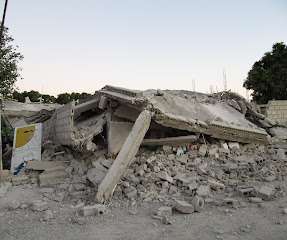Foresight
Emergency Planning
APRIL 24, 2022
The cascade is a result of the progression of a shock through different kinds of vulnerability. It can signify a means of diversifying assets so as to optimise the way they can be used to exploit people, for example, by shifting manufacturing production to places where wages can most easily be suppressed.











Let's personalize your content